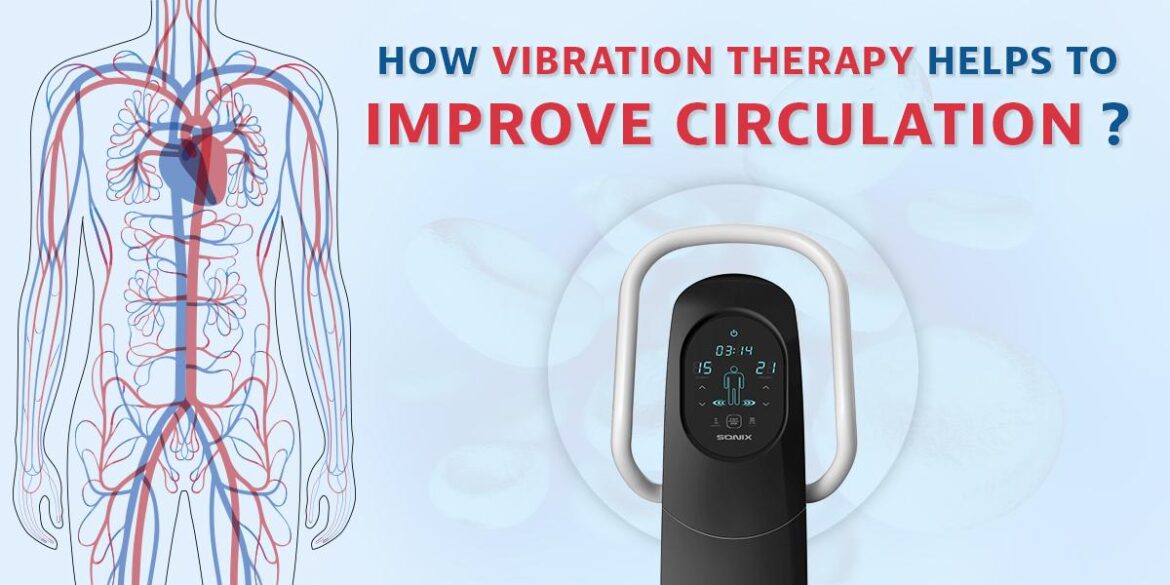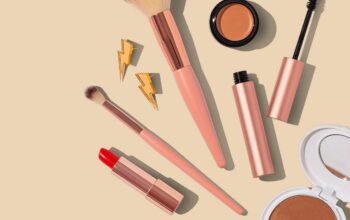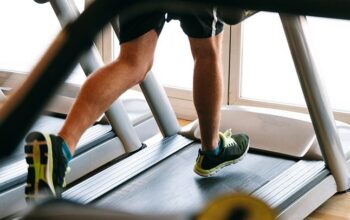Peripheral blood circulation deals with the transportation and distribution of blood throughout the body, excluding the lungs. Its primary function is to meet the needs of different tissues while balancing the exchange and storage of blood.
Inadequate blood circulation, however, can cause a variety of side effects. They include numbness or low temperatures in the hands or feet. Additionally, it commonly causes stiffness in joints and muscles.
The solution? Improving circulation to the muscles and tissues. This can help improve joint movement, muscle relaxation, wound healing, and overall health.
Generally, exercise helps to improve circulation. However, vibration therapy is one modality that may offer support.
In recent studies, vibration therapy for circulation has shown promise for increasing peripheral circulation, and as a result helping slow-to-heal wounds.
Interested in how it works? Keep reading to see how vibration therapy works, its benefits, and how to use it in your daily routine.
What Is Peripheral Blood Circulation?
The circulatory system consists of vessels carrying blood away from and towards the heart.
The primary role of peripheral blood circulation is to deliver oxygen, nutrients, and hormones to cells.
The circulatory system also helps in removing waste products from the body. For example, it’s mainly used to eliminate carbon dioxide from respiration, but also other chemical byproducts from organs, and food waste.
What Factors Affect to Circulation?
There are various factors that may affect peripheral blood circulation. These could include advancing age, high blood pressure, sedentary lifestyle, high blood cholesterol, overweight, diabetes, and tobacco smoking.
Certain health issues can impact blood flow in the arms and legs. These include a history of stroke or heart attack, heart disease, or a family history of circulation problems.
The body exerts certain symptoms when vital organs are deprived of sufficient blood.
These could range from numbness, muscular weakness, coldness in affected body parts, cramps, muscle fatigue or heaviness, skin blackening or skin loss (gangrene), blue or purple tinge to the skin, and slow healing of the wound.
How Does Vibration Therapy Work?
Vibration therapy is usually performed in two forms: 1) Whole Body Vibration or 2) Localized Vibration (targeted).
Whole Body Vibration for circulation requires individuals to sit or stand on a vibration device. This delivers gentle ways throughout the body.
Localized vibration uses a vibrating device to target muscles, tendons, or body parts. For example, a massage gun is a type of device that provides localized treatments.
How Does It Benefit the Body?
Vibration therapy for circulation has shown a positive impact on the body. WBV may promote:
- Muscle strength
- Flexibility
- Balance
This is especially true among elderly groups. In addition, vibration therapy has also demonstrated positive effects on bone density, tissue metabolism, neuromuscular performance, and connective tissue functions.
One reason is that vibration machines accelerate muscle contraction, thus increasing muscle temperature and heat. This heat increases metabolic rates, vasodilation and blood flow, muscle relaxation, and elasticity of connective tissue.
Benefits of Vibration Therapy for Peripheral Blood Circulation
Researchers and scholars have conducted extensive literature and research on vibration machines for blood circulation to confirm their effectiveness.
One such 2015 study found that vibrations applied at 30 Hz or less improved blood flow, especially showing significant results at 10 Hz.
Other such effects were found when vibration plates for circulation were put to the test. In which vibrations at both 30 and 50 Hz showed a substantial increase in peripheral blood flow.
The conclusion of the trial was that 50 Hz rapidly increased blood flow, lasting for 15 minutes and beyond. Meanwhile, 30 Hz slowly increased blood circulation, lasting about 7 minutes.
A few other benefits of direct implications of vibration therapy for circulation have also been found as listed below:
- Relaxing muscles
- Reduces pain/back pain
- Inhibits spasms and cramps
- Improves muscular strength and performance
- Improves bone strength and density
- Speeding and improving healing
- Decreases post-exercise muscle soreness and speeds recovery
- Reduces the impacts of stress
- Boosts fat loss
- Improves balance
- Improves blood circulation
Vibration therapy for circulation is also indirectly supporting healthy lymphatic system function.
The applied vibrations stimulate lymphatic vessels, capillaries, and tissues to absorb adequately and dispose of excess lymph back into the bloodstream.
Blood circulation machines help patients who can’t move much or exercise by reducing inflammation in the body. Using a vibration machine at a lower frequency for a longer period can help with blood circulation. This can reduce pain, improve tissue flexibility, and lessen muscle soreness.
Incorporating Vibration Therapy into Your Wellness Routine
Are you considering bringing vibration therapy’s therapeutic and holistic benefits into your health and wellness routine?
Here is how to use a vibration plate for circulation:
Pre- and Post-Workout
Warm up or cool down your body by standing or sitting on the platform per your exercise routine. Perform high or low-intensity dynamic movements to prepare your body for the workout.
During Workouts
To get the most out of vibration therapy for circulation, add squats, lunges, or planks to your workouts. This will help improve your strength training.
Read: Want a healthy heart? Adapt these healthy lifestyles today!
On Recovery Days
You can benefit from using a vibration machine for blood circulation even if you don’t exercise regularly. It can help improve blood flow, relax muscles, reduce pain, and increase flexibility.
Remember to start with low intensity and gradually increase as your body adjusts to vibration treatment. Like any exercise, follow the instructions and techniques for maximum benefit while maintaining safety.
Advisable for beginners trying vibration therapy for circulation to perform with a trained professional or physician.
Wrapping Up
In conclusion, vibration therapy offers significant benefits to improve your overall health. Blood circulation exercise machines are proven tools, from building muscle strength and increasing bone density to reducing muscle soreness and fat loss.
Consult your doctor for any underlying medical conditions before incorporating vibration therapy into your daily routine.
Also, conducting thorough research on high frequency for a shorter duration or lower frequency for a more extended period is highly recommended to get the intended benefits and desired goals.
Research has shown that vibration therapy for circulation has helped athletes improve their performance and heal faster from injuries. Thus, vibration therapy can be considered as a healing treatment that helps reduce pain while accelerating the recovery process.








